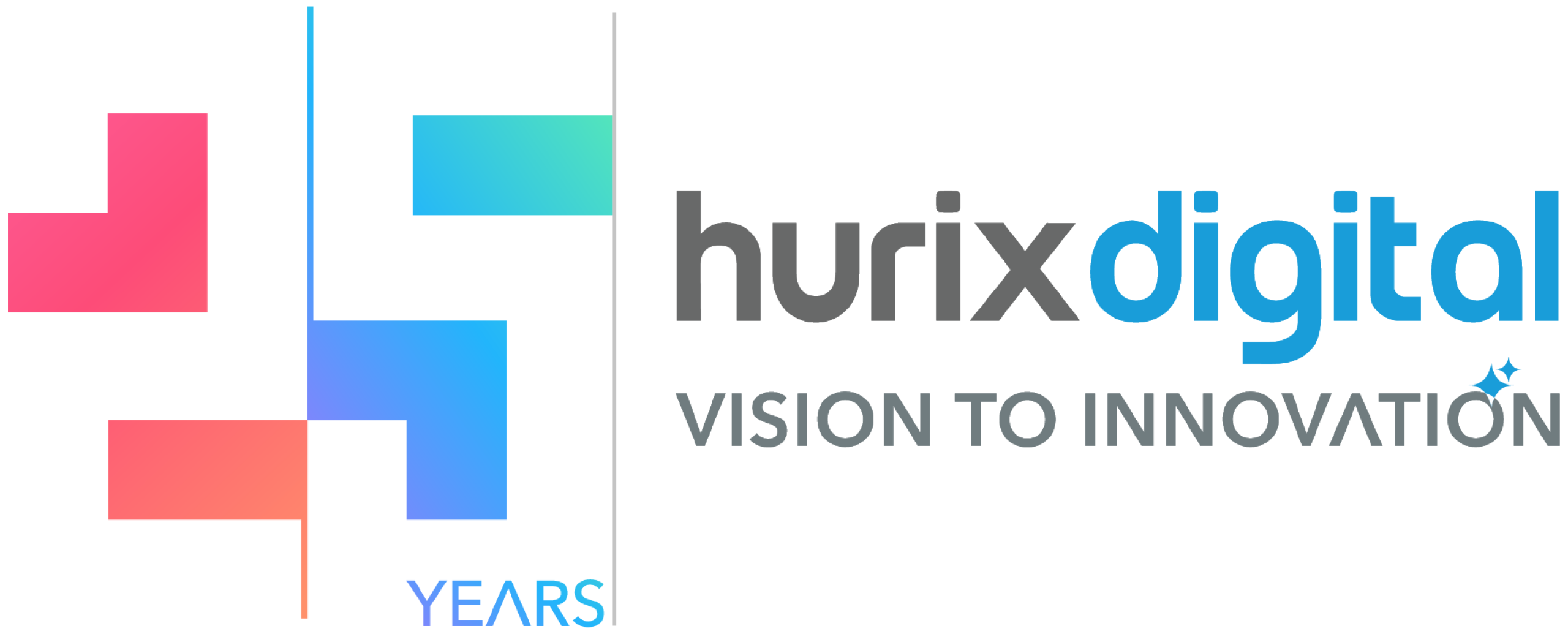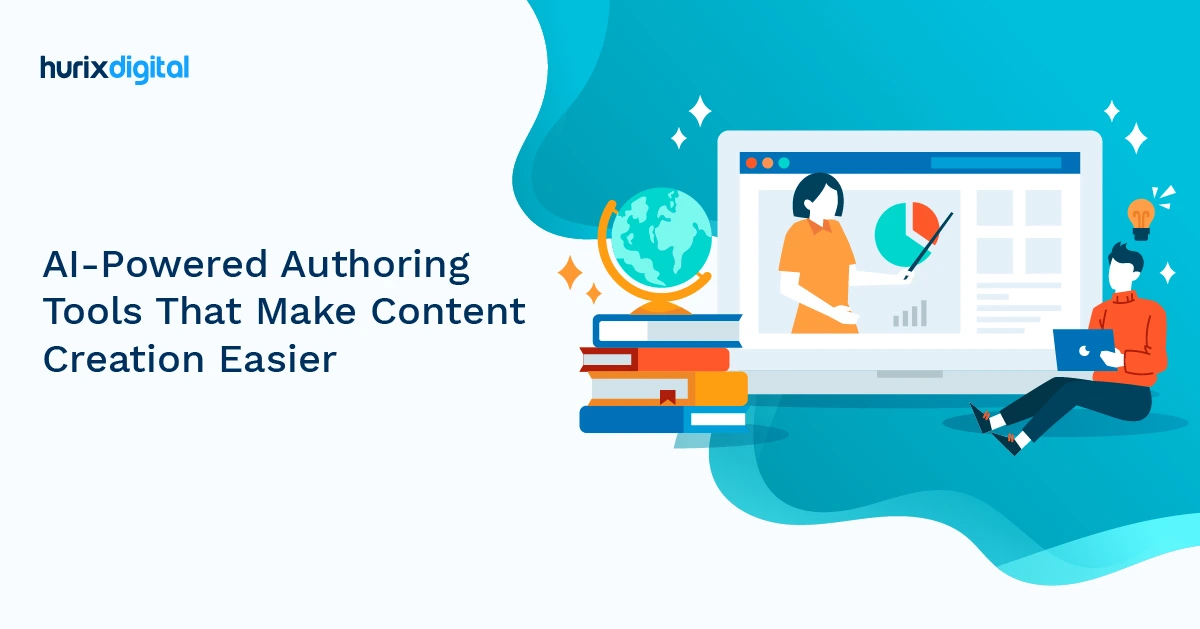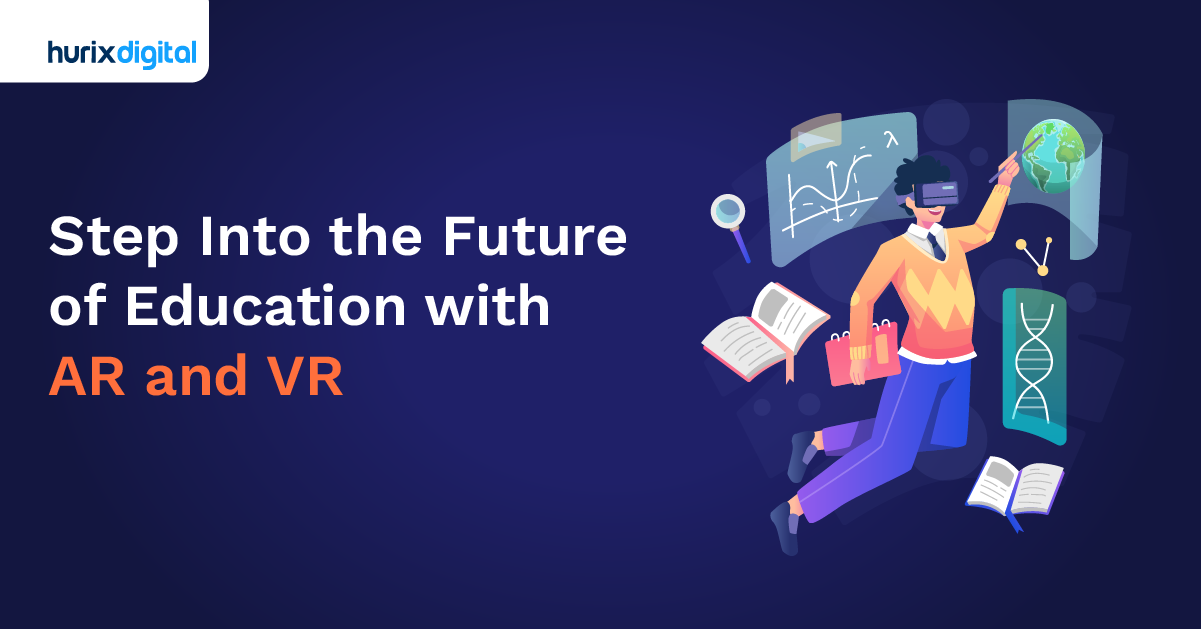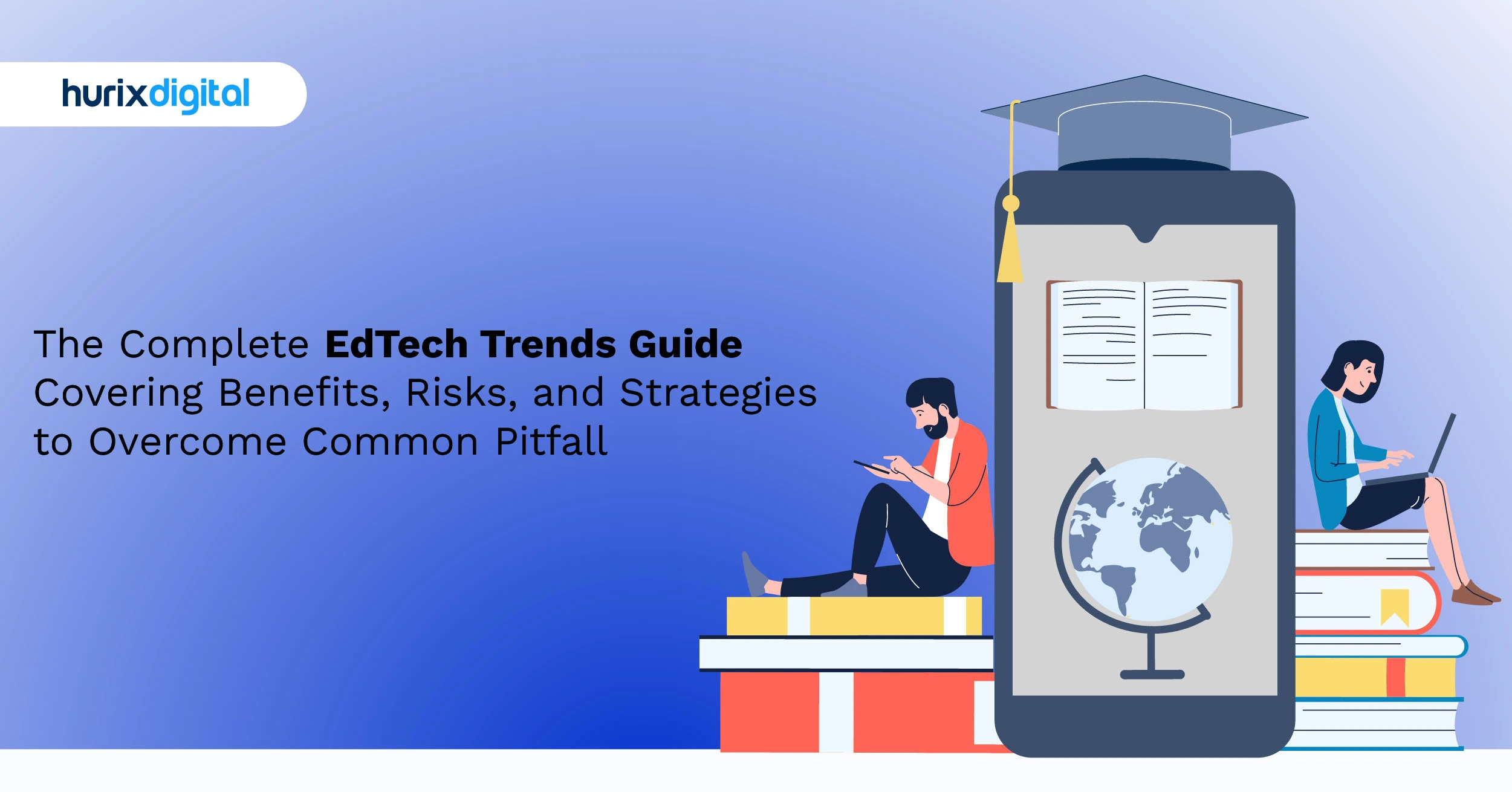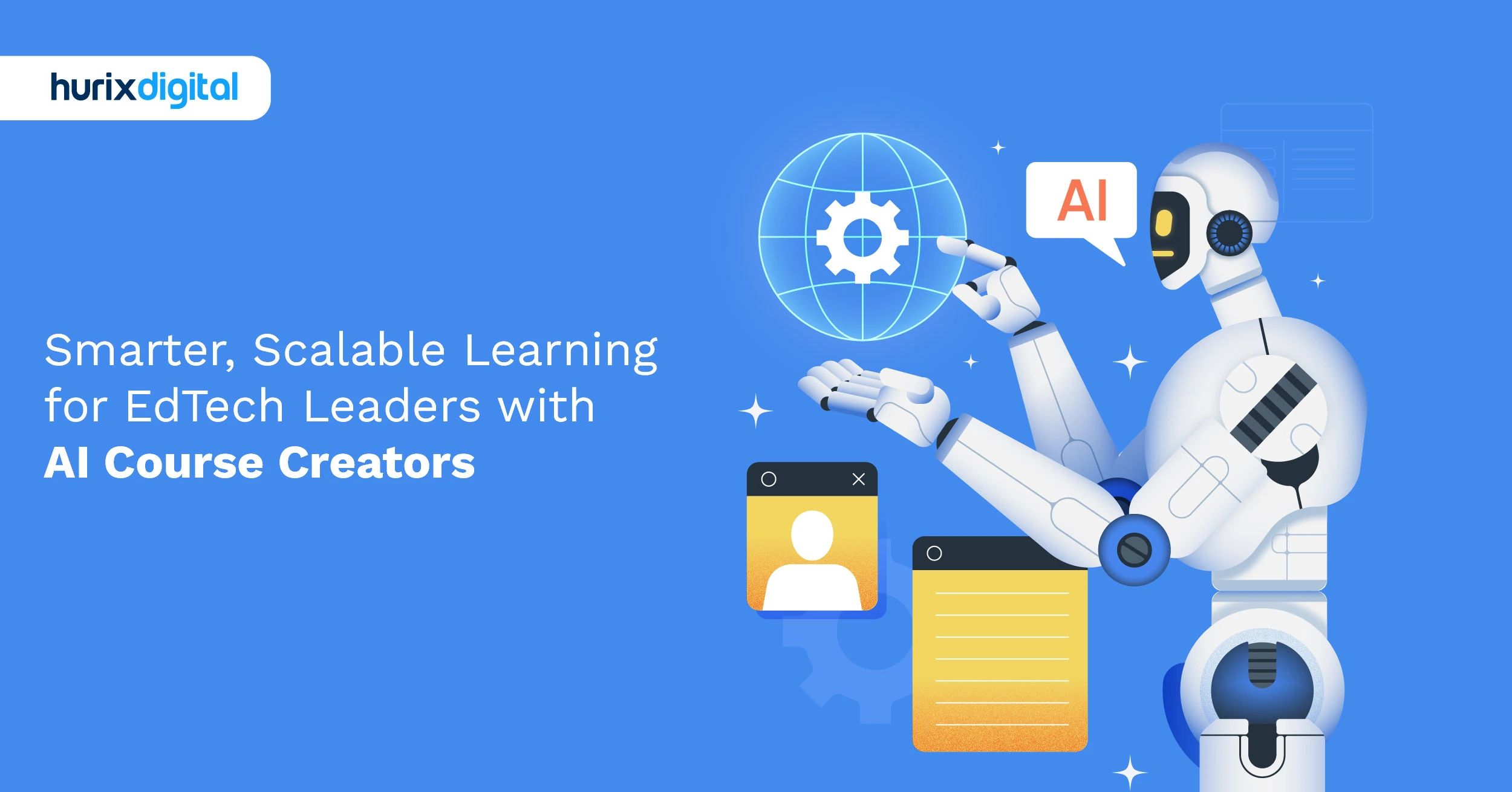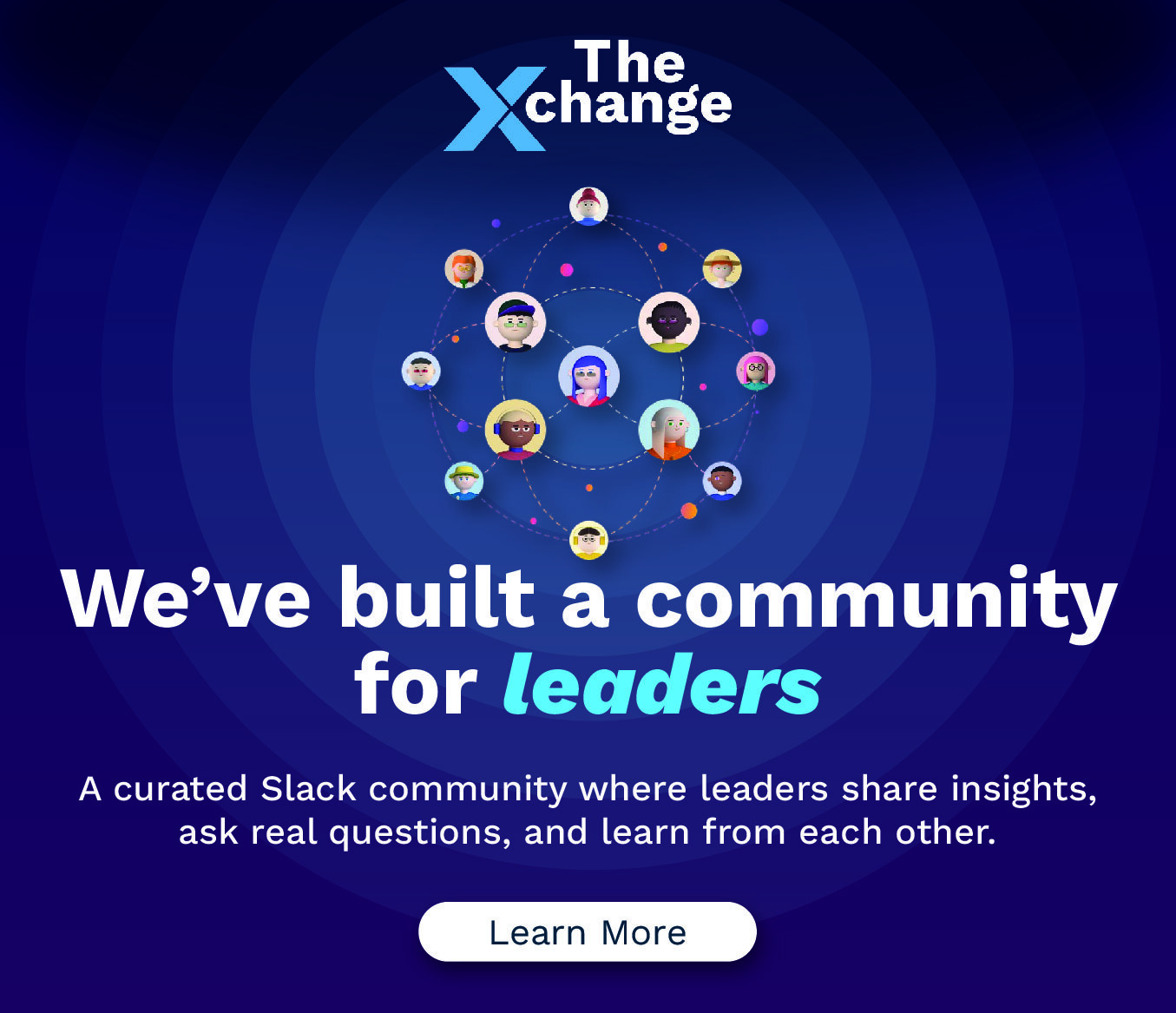
Smart LMS Strategies for Forward-Thinking University Leaders
LMS for universities often sits right at the core of their educational mission. It is where education really occurs, digitally speaking. Courses are constructed, assignments are handed in, and student-faculty relationships arise. However, a basic technological device like this often leaves leaders with complicated dilemmas.
It is not that simple a task to create a really unified, effective digital learning environment by simply selecting a platform. It entails threading the maze of questions, both by ensuring that the system fulfills various needs of the students and by having to deal with its continuous development. The more strategic questions come out beyond the day-to-day running of the operations. What can be done to ensure that the platform will scale smoothly as the numbers of students grow, or that student data is secure and confidential?
Educational technology is also constantly changing. What new trends ought we to follow, and how do we identify vendors who will provide a shiny demo and fit our long-term vision? To the leaders, these are not only technical obstacles but the very basic questions about the future of university education itself.
Let’s see what top LMS strategies you can use, too!
Table of Contents:
- What are the Top LMS Challenges for Universities Today?
- How do You Ensure a Strong ROI from Your LMS for Universities?
- What Integration Strategies are Crucial for a Unified Campus Ecosystem?
- How can You Maximize Faculty and Student LMS Adoption?
- What Emerging LMS Trends will Shape Future University Learning?
- How do You Ensure Robust Data Security and Privacy in LMS for Universities?
- Is Your Current LMS Scalable for Future University Student Growth?
- How can LMS Personalize Learning for Diverse Student Needs?
- What Important Criteria Define the Best University LMS Vendor Selection?
- What Ongoing Maintenance and Support Models Work Best for Universities?
- Our Two Cents
What are the Top LMS Challenges for Universities Today?
Almost all universities view the LMS as more than just software. They see it as a living entity with its own character. The biggest challenge? Integration. Although many expect a seamless plug-and-play experience, the real-world connections between a learning management system, student information systems, library databases, and HR portals are quite complex and often require custom work. Projects frequently face unexpected delays as vendors’ promises of easy integration turn into prolonged coding and testing phases. Some legacy systems, which are decades old, are also incompatible with modern platforms, making integration an ongoing issue.
The faculty, the humans behind the machines, often react with a groan when new systems that disrupt their usual routines are introduced. Most of them have organized their work around the previous system, making it very hard for them to learn the new one. It’s not the technology they resist, but the interruption of a fragile daily routine, especially for adjuncts managing multiple courses simultaneously. Training definitely occurs, but real acceptance of the system happens when its benefits are clearly shown and prove to be a big help in their work. The change process is generally longer and more emotional than expected, so everyone involved has to show some patience.
Universities almost always want a full-featured LMS, but too many modules can create more confusion than clarity. For instructors, distinguishing between essential features and unnecessary extras is a challenging issue. The goal is to focus on features that truly enhance the learning process rather than just offering functionalities with no real use. It can sometimes become an ongoing, tiring negotiation to find a balance between what is ideal and what is practical.
How do You Ensure a Strong ROI from Your LMS for Universities?
The true ROI of a Learning Management System is much more complicated to calculate than a ledger. With the noblest intentions, many institutions invest large amounts of money only to discover that the platform does not already provide the transformational changes they had expected. It is a usual trap: to think that obtaining a strong tool in itself will be used wisely. It is possible to purchase a state-of-the-art oven, but if nobody in the kitchen knows how to bake, it will be more of a showcase.
The actual value, the quantifiable payoff, does not emerge from the LMS feature list. It comes out of the extent and significance to which the platform becomes a part of the learning and teaching process. Consider faculty adoption. Is it an unwilling obedience, or do teachers really have the authority to be creative in the digital realm? There is a typical situation that happens quite often: an otherwise tight LMS, full of teamwork features and advanced evaluation capabilities, is used as a fancy file manager instead. Paperwork is uploaded, maybe a syllabus is posted, but the more powerful features that might really make the student experience more interesting or the grading process more efficient are in slumber.
To ensure sound ROI, it is vital to be a fanatic about the human component. This goes beyond the pre-training sessions. It involves continuous, considerate professional growth linking the LMS functions with the pedagogical objectives. It asks the question: Which teaching is easier with this particular tool, or which learning is deeper in your students? Resistance becomes softened when the faculty really comprehends the why.
LMS data is a treasure trove that can be used only when analyzed. Student activity logs, submission patterns, or quiz analytics that are not examined squander potential. The actual value is realised when data informs the decisions: the struggling students are promptly intervened, the course challenges are revealed, or beneficial teaching practices are exchanged. It is not about the gathering of digital breadcrumbs to audit, but to enhance the results. The system provides a map; one has to move in it. Even the most sensible LMS is not fully utilized without human insight and strategy.
What Integration Strategies are Crucial for a Unified Campus Ecosystem?
When the issue of systems integration in a truly unifying campus ecosystem arises, the mind will often turn to the problems of data sprawl. Consider a university, not too long ago, where student information – admissions, financial aid, housing, the registrar – existed on disparate, stand-alone islands. A student could change an address in one system, and you’d just hope it was translated to the other systems. More often than not, it didn’t. This is no isolated problem statement: it gets at something fundamental about campus unification: real campus unification is not a matter of linking heterogeneous fragments together; it’s about getting them to converse in a shared language, at a fundamental level.
Then there’s the ‘how’ that these systems actually talk. For years, the default was custom, brittle, point-to-point connections – an actual spaghetti junction of integrations that broke every time one system changed. API-first methodology is not a choice anymore. This idea means that systems must have explicit, well-documented doorways, application programming interfaces, through which systems communicate. It allows flexibility. One can change out a learning management system, for example, without having to rebuild every single link in the digital chain. It’s about setting up a common ground for structured conversation, not a bunch of yelling around.
And let’s be clear, none of this works without proper governance. Who truly owns the data? Who sets the standard of what to incorporate and how? I have seen it happen at a small college where there was a beautiful student portal created, but without clear ownership of data for degree auditing, the program requirements that were displayed were often outdated. It wasn’t a technical fault; it was a human one, a failure to agree on discipline. Writing the code is usually the easy part. It’s getting people to agree on the rules of engagement that is the hard part. It is all about understanding the human side as much as the technical. That’s the real trick, isn’t it?
How can You Maximize Faculty and Student LMS Adoption?
For one to really see the learning management system within their institution take it to its maximum potential, one must first realize that the challenge isn’t technical, but is deeply human. No matter what you’re using as your Learning Management System (LMS), getting faculty and students to use it, to really embrace it, isn’t a force issue. It’s about trust, value, and making the experience truly helpful, even indispensable.
Consider faculty. Many claim that they are already working around the clock. Incorporating another digital tool can be a daunting task. Initial training is often insufficient. What is often overlooked is the WIIFM (“What’s In It For Me?”). For teachers, this isn’t just about efficiency, but about better teaching, better student understandings, or easier tasks. It could also be about analytics that show where your students struggle and being able to help them in time. Or, it’s about simply gathering and grading assignments to free up time to do meaningful interaction. It’s about showing, not telling, how the LMS addresses specific, often unspoken, problems. Sometimes it’s helpful to support early adopters and let their success spread organically, as it is easier to reach peers who are more receptive than being instructed.
Students live in a digital world but are faced with many apps and platforms. If the LMS is cumbersome or confusing, they’ll give up on it for email or physical drop boxes. Simplicity and easy navigation are important. Inconsistent course setups lead to frustration for students, but a shared and intuitive baseline LMS could be a solution to student frustration. It is about basic functionality, where all can agree it’s not stifling innovation. Predictability helps students to remain engaged, as disinterest results in faculty using the LMS less, resulting in low adoption.
What Emerging LMS Trends will Shape Future University Learning?
Future learning management systems (LMS) are becoming personalised and predictive spaces that know what students like, what they don’t, and where they are. Rather than straight-line progression, LMS will provide contextual explanations and virtual assistive learning, presenting a more personal and useful learning experience. This is a quiet revolution that goes beyond what is possible today, so the idea seems like science fiction, but it is occurring.
Universities used to depend on course completion for degrees, but now employers are looking for other skills, such as data analysis and leadership. Future LMSs will evolve into dynamic skill portfolios, granting badges for the demonstrated knowledge and skills through projects and internships. This major shift requires new models of accreditation, but it is imminent.
And lastly, the closed-loop integration of AI. This is not just a matter of grammar checking. There are also systems that are emerging that can analyze students’ written arguments for logical fallacies or analyze a design project’s adherence to specific principles. It is not perfect, not by a long shot. There were a lot of scoffers when they tried it in the beginning because they thought, ‘That’ll never replace a human!’ But the development has been undeniable, however. This is not to replace the professor’s nuanced feedback, but to reinforce it, offering immediate, iterative feedback. It allows teachers to spend their time on the higher-order thinking that is the really messy, creative parts of teaching. Although the inherent biases can be difficult to overcome and true learning ensured, it’s a powerful idea if they can be sidestepped. That’s the tightrope walk that lies ahead.
How do You Ensure Robust Data Security and Privacy in LMS for Universities?
The security question of student and faculty data in the context of the university’s Learning Management System, or LMS, is a very complex one. It’s not about locking things down; it’s about providing a safe and trusted environment where learning can flourish without the constant threat of worry. One of our major points of robustness is having multi-level security processes. Imagine it as a medieval castle. You don’t just have this big gate, you have a moat, you have a drawbridge, you have high walls, then you have inner courtyards, and finally you have the keep.
For LMS, this means server-side and transfer encryption of data. It also includes granular access controls where students can only view their grades and materials, TAs can access their section and not the whole department. Proper permissions (right down to the module or assessment level) need to be constantly maintained and configured in detail. If not configured properly and left ignored by admins, minor errors can reveal sensitive information, which calls for immediate corrective measures.
In fact, the human factor is often the most difficult aspect of security. No matter the safeguards, if someone is sloppy enough to fall for a phishing email and send over credentials, security is damaged. Students, faculty, and staff should be continually trained on threat identification and data protection.
And finally, one must have a clear, tested plan for when things undoubtedly go wrong. Because they will. No system is impenetrable. What’s the incident response? Who gets notified? How can it be halted as fast as possible, and how can one communicate transparently without spreading fear? It is a little like a fire drill. You hope you never need it, but it is definitely vital to practice. It is a never-ending dance between making things open and accessible for learning and keeping the really sensitive stuff locked away. It’s never truly “done.”
Is Your Current LMS Scalable for Future University Student Growth?
While it certainly does include server capacity, the question of scalability of an LMS for future university student growth goes much deeper than just that. When you think of ‘growth’, you probably think of just more bodies signing in, but it is a lot more complicated than that. “Suppose there was a really meaningful increase in the number of students. Not a few hundred, but thousands, or tens of thousands.” What does that really mean for the system we have?
Think of the stress points of a course platform. Beyond the number of students accessing a page, the more meaningful measure is what they do: deposit documents, view videos, engage in real-time simulations, or work on complicated projects. Even if the architecture is geared toward content delivery and simple submissions, as the architecture scales to support more intensive, media-rich experiences for a growing user base, it can run into problems. A few years ago, in a large cohort that had a lot of video content, users saw slow load times and access issues during peak hours. The system was not toppled, but came close to breaking down.
Then there’s the data. Every click, quiz, and forum post results in information. Universities are becoming increasingly interested in understanding learning patterns, identifying at-risk students, and personalizing interventions. Does the LMS, as it stands now, have the capacity to ingest, process, and make sense of this massive wave of data for a much larger student base without becoming a black hole of unanalyzed information? Often, analytics infrastructure is implied until it’s too much to handle.
And of course, there are the people. Larger student bases mean a larger number of support tickets (forgotten passwords, error messages, etc). Can teams grow without burning out? Not only is there a software cost (not a minor one), but a human cost for maintaining the system. Well, it’s a complicated, ongoing process of upgrades and troubleshooting. Sometimes, a limit is reached. So, is it scalable? Maybe, but it comes at a cost of investing in the entire ecosystem – hardware, network, staff, and a future-oriented vision on what learning needs.
How can LMS Personalize Larning for Diverse Student Needs?
Imagine a classroom where nobody learns the same way, at the same rate. Sounds a little… um, impractical, doesn’t it? Our minds are not constructed on one template only. Some of us learn faster when we can see what we are learning, some of us might actually need to read and reread and highlight until our paper is covered up like a rainbow. And what about that quiet student who does better on hands-on tasks and clams up in a group discussion? This is where a well-planned LMS (learning management system) is a great help, not a substitute for a good teacher, of course, but a surprisingly helpful assistant.
Imagine a student who is having a hard time with fractions and may fall behind in a traditional class. A well-thought-out LMS can take a step back to help them find other explanations, gamified practice, or simpler lessons. It is not about spoon-feeding but providing a safety net and alternative routes when the first one does not work, such as rerouting GPS navigation when you hit traffic.
LMS program analytics can also determine if a student is bored and is passing through content and provide enrichment or progress to the next topic, like a digital teaching assistant. It isn’t perfect. However, there is still a need for human educators to understand the data correctly, but the possibilities of real-time responsiveness are phenomenal.
And what of the massive variability in how we all learn? Some people are strictly auditory, others are strictly visual, and others have to get their hands dirty. A good LMS enables educators to upload content in a variety of formats, such as a video lecture, a detailed text transcript for those who read, an interactive simulation, or a downloadable activity sheet. It’s about providing real choice, not forcing everyone into one closed medium.
What Important Criteria Define the Best University LMS Vendor Selection?
Selecting a university LMS. Gosh, it’s not all about the shiny features on a demo, is it? We’ve all seen those sleazy presentations. But the real test, the one that really defines “best,” comes down to things that hit the pavement every single day. Think about Professor Anya, teaching medieval history, who just wants to upload a PDF without calling IT. Or Ben, who is a student with three jobs, is trying to read his lecture notes on his phone during a bus ride. The best system? For them, it falls into the background. That’s pure, intuitive usability, not just for the tech-savvy, but for all people.
Then there are the integration bits. Does it actually play nice with the Student Information System, the library’s database, and the proctoring tools? Or are you setting yourself up for a data migration nightmare, or worse, siloed information that makes reporting a colossal headache?
Beyond the tech, it’s the vendor relationship. Are they true partners, or are they just selling software and moving on? When things go wrong, what support does it seem to have? Do they know about higher ed’s peculiar rhythms, such as finals week, the need for quick fixes before due dates? It’s not about the times of the ticket but a true grasp of academic life. I’ve seen vendors who barely understand the distinction between a syllabus and a transcript. You want someone who gets it.
Let’s discuss scalability and reliability. Is it capable of supporting 50K students submitting essays at 11:59 PM? Midterm time LMS crashes cause chaos and disrespect. The best systems are pressure-resistant. True costs like implementation, training, support, and data migration can double the cost if not considered. It’s an investment for the long term, and you need a trustworthy partner.
Read Success Story: Hurix Digital Makes Learning Interesting for a Global University and Saves $800K Annually with AR & VR
What Ongoing Maintenance and Support Models Work Best for Universities?
For universities, maintenance isn’t the kind of thing that has one solution but a nuanced balancing act between institutional memory and external help. In-house teams know their own rhythms, such as registration and exams, and have developed useful unspoken knowledge. However, they have their limitations; staffing of niche or evolving tech can be expensive, and burnout can be a risk with small teams managing campus digital needs.
On the other hand, a wholesale outsourcing approach, while tempting, on paper, in terms of perceived cost savings, or the ability to access “any skill, any time,” often stumbles. External vendors, no matter how good, can have a difficult time understanding the unique culture of the university, its academic cycles, or the often-labyrinthine decision-making processes. They may solve a server issue effectively, but overlook the nuance of a very specific need of a particular research lab. There’s a risk of losing that important institutional context, and so over time, that can be supportive, but that’s going to feel too far removed or rigid.
A hybrid model can be effective in many ways, and the key here is to keep core support and key knowledge with the university’s IT team. They know the quirks of the campus and are technically literate. For specialized tasks such as implementing new systems or resolving complex cybersecurity issues, outside expertise is imported to offer expertise, and surge capacity isn’t practical to sustain full-time.
It’s not a perfect setup, mind you. Managing these external relationships requires proper governance. Communication can become choppy. Ensuring seamless knowledge transfer between in-house staff and outside contractors is an ongoing effort and not a one-time hand-off effort. But the blend provides resiliency. It allows universities to scale up their support, pull in bleeding-edge skills without permanent hires, and still have the fundamental understanding of their unique academic mission. Ultimately, the best model is less a concrete structure but one of flexibility and well-communicated partnership – a recognition that there is no way one entity can bear the entire burden.
Our Two Cents
In the end, the key to optimizing your university’s LMS will be asking the right questions. It’s not about creating a different type of learning environment. It’s about creating a secure, integrated, and personalised learning environment that truly supports students and faculty and will be worth its value for years to come. Thoughtful strategy makes all the difference.
At Hurix Digital, we specialize in supporting universities through the LMS optimization challenges and solutions that generate real results. Our comprehensive approach covers everything from vendor selection and integration strategies to faculty adoption and ongoing support models.
Don’t let LMS challenges stop your institution’s potential. Contact our education technology experts today to find out how we can help you construct your own learning management system that works for your students, faculty, and long-term institutional goals.
Get in touch with Hurix Digital and begin your LMS optimization journey with confidence.

Senior Vice President
A Business Development professional with >20 years of experience with strong capability to sell new solutions and develop new markets from scratch. New Market Entry Specialist with experience working in the largest emerging markets. Exceptional experience in conceptualizing, ideating and selling new learning technologies like VR AR, etc. across multiple industry verticals.
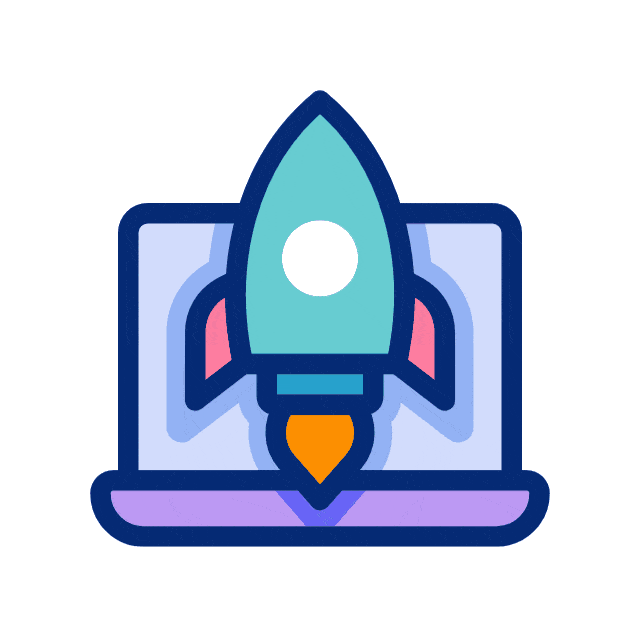 A Space for Thoughtful
A Space for Thoughtful 